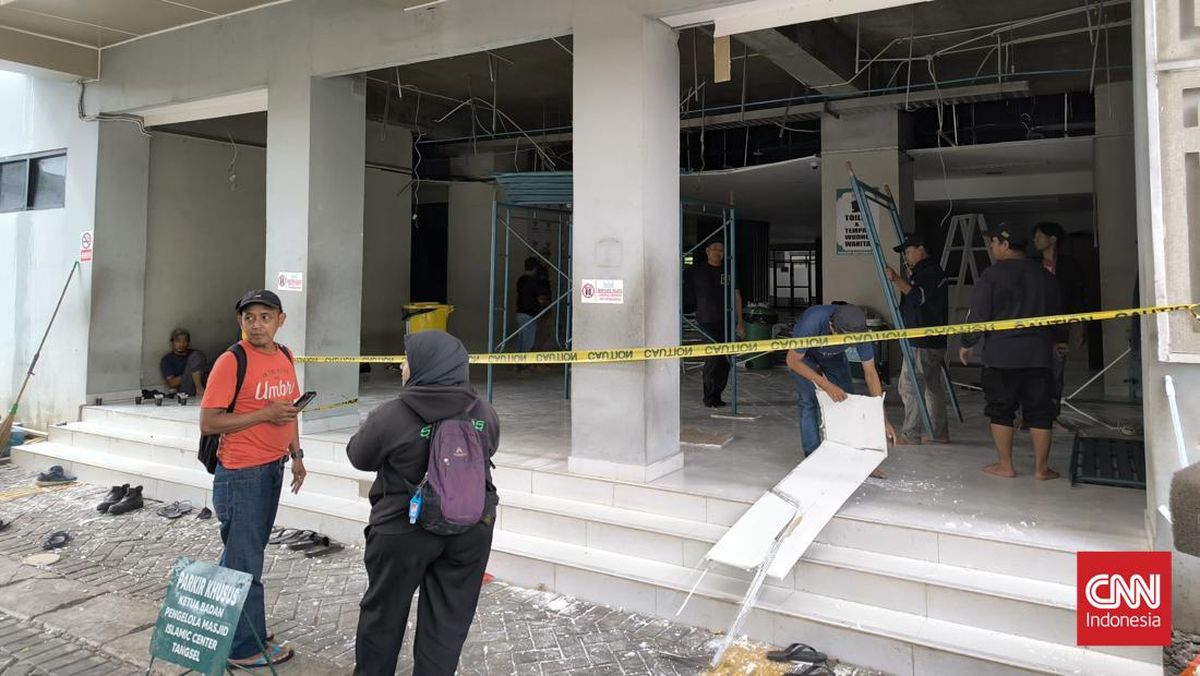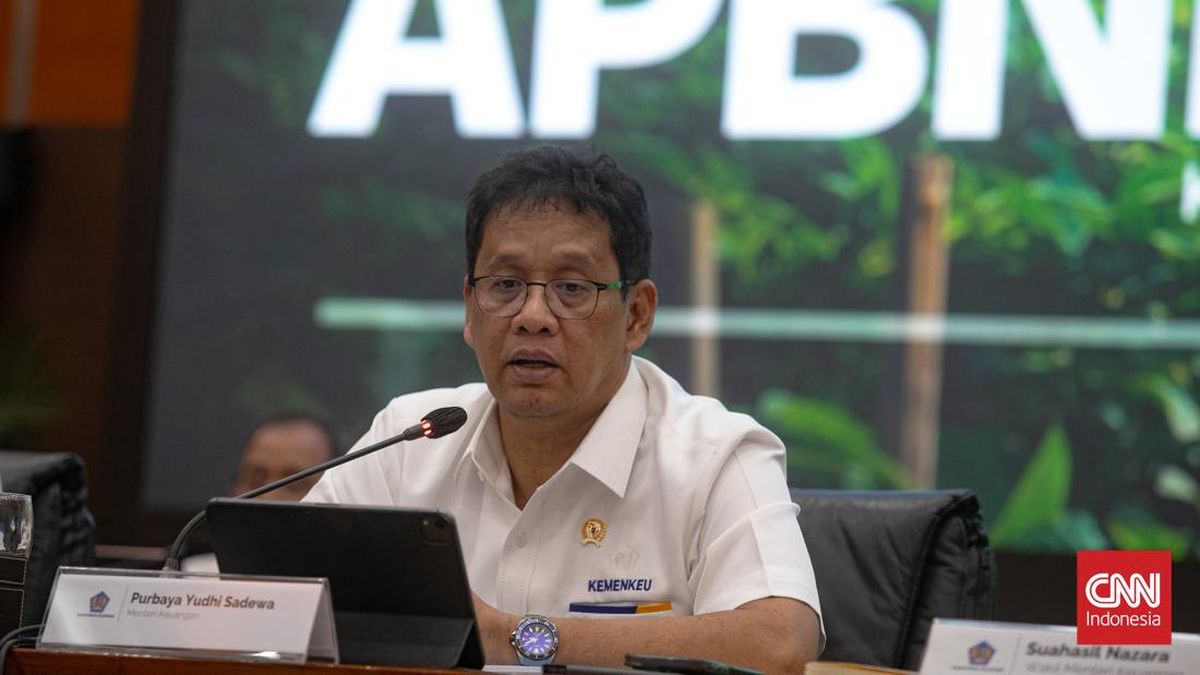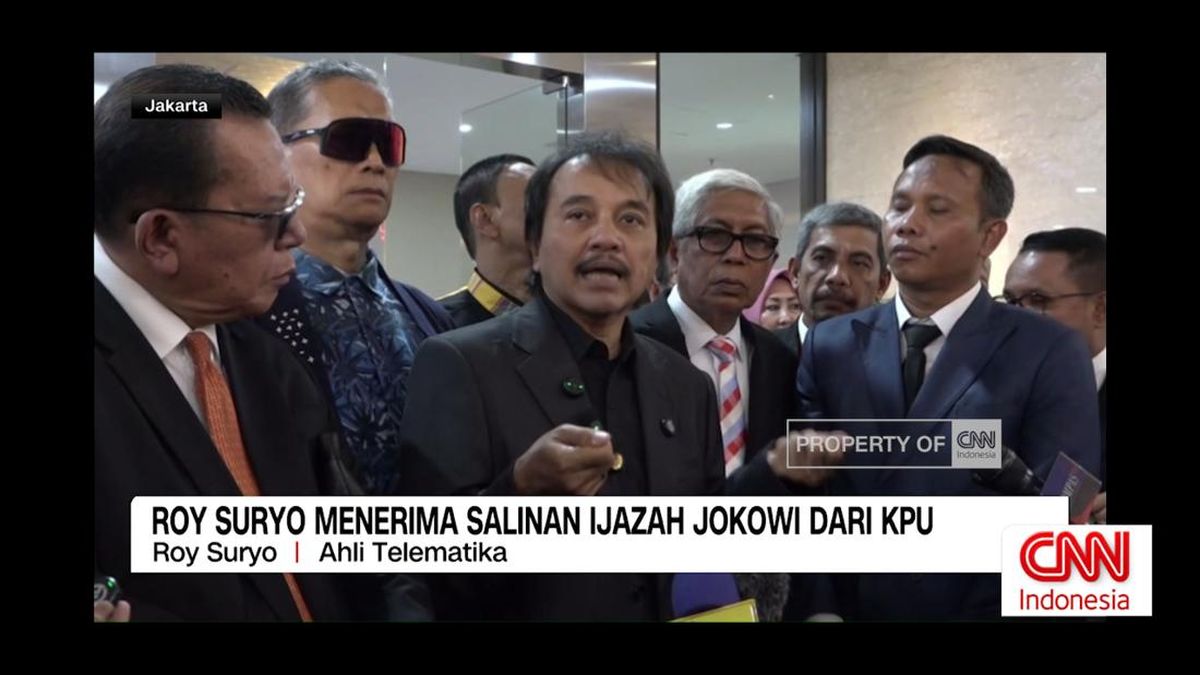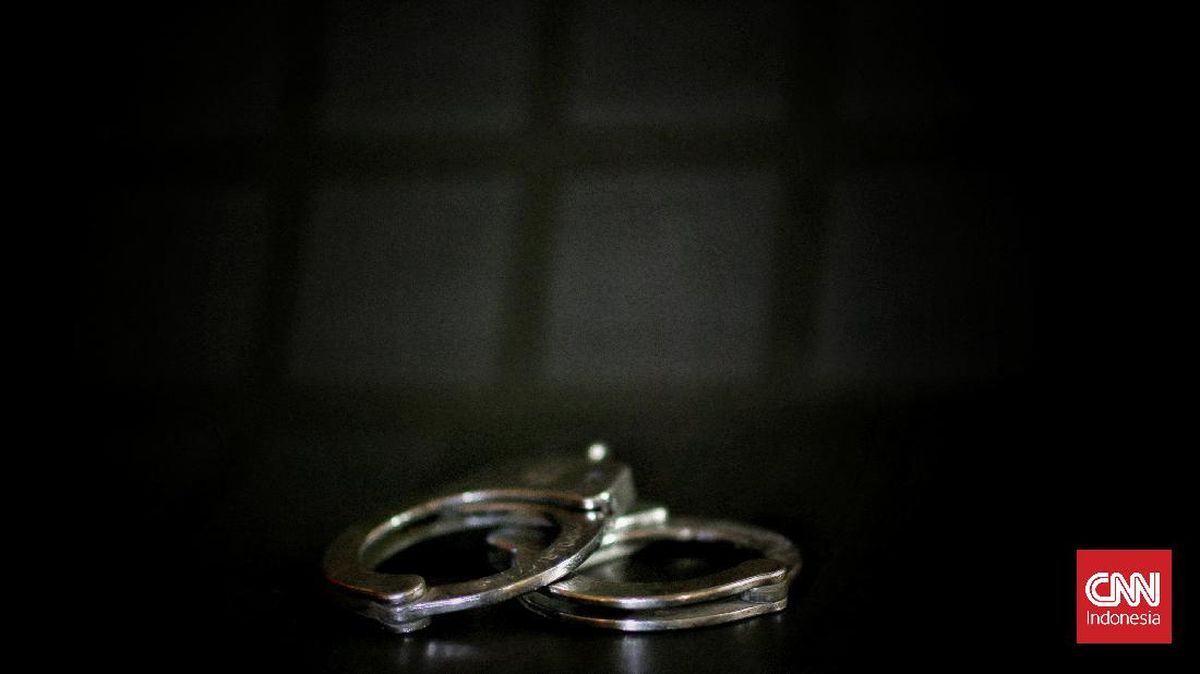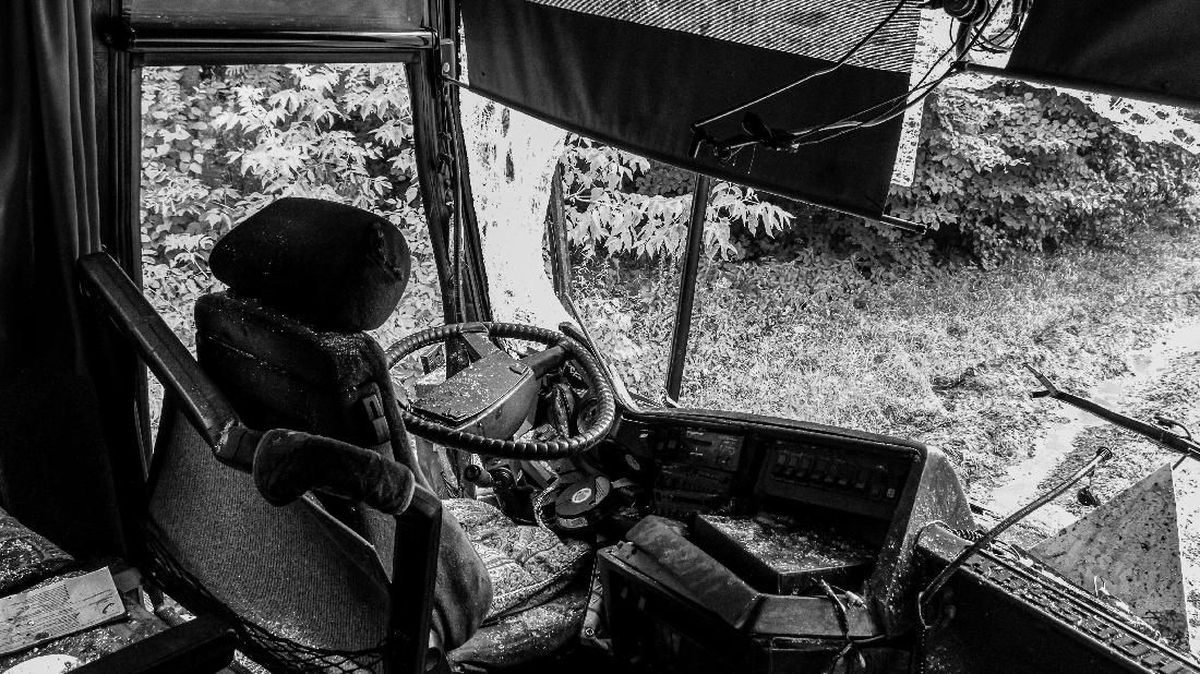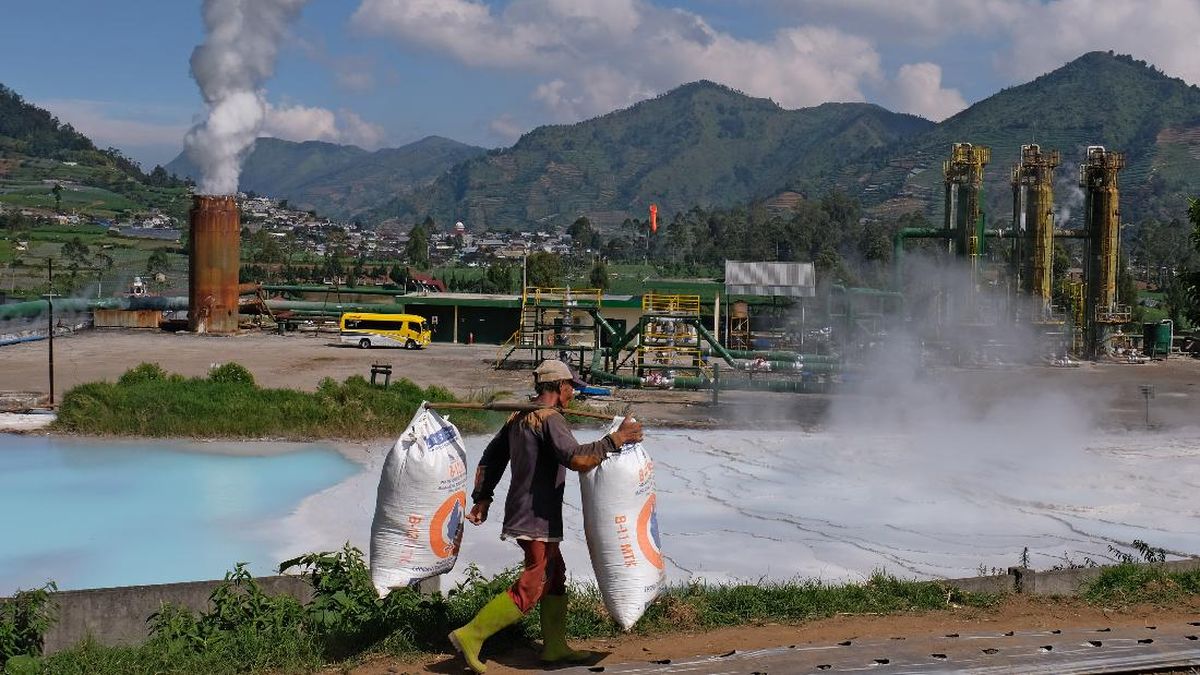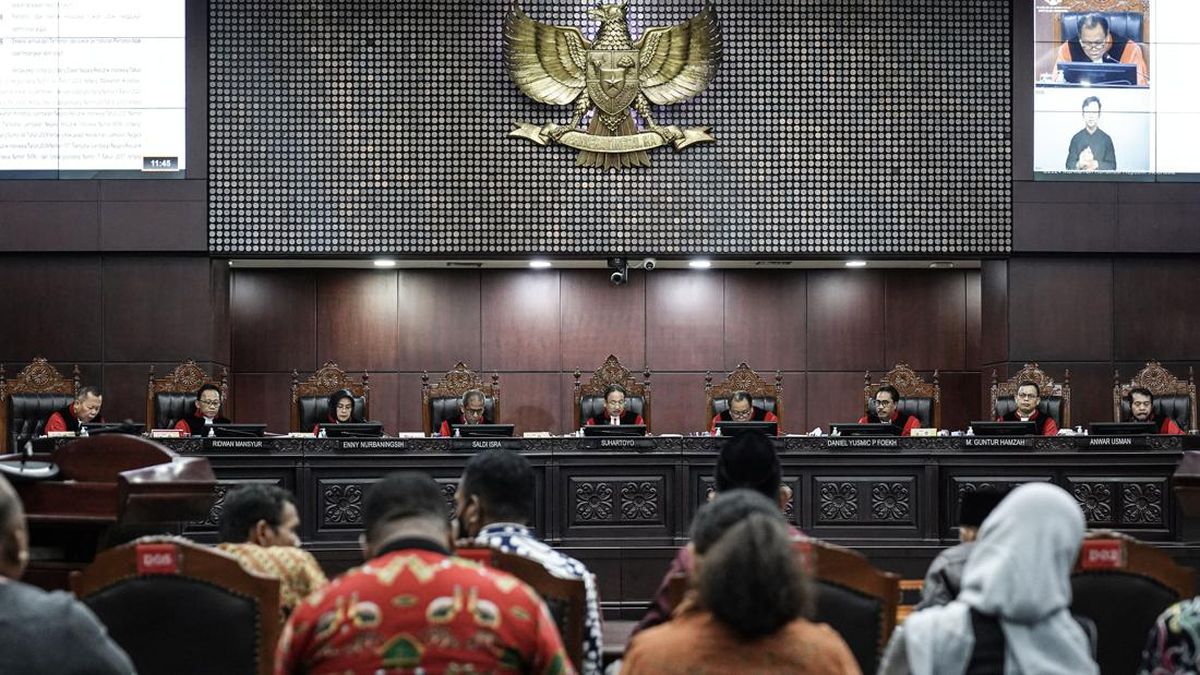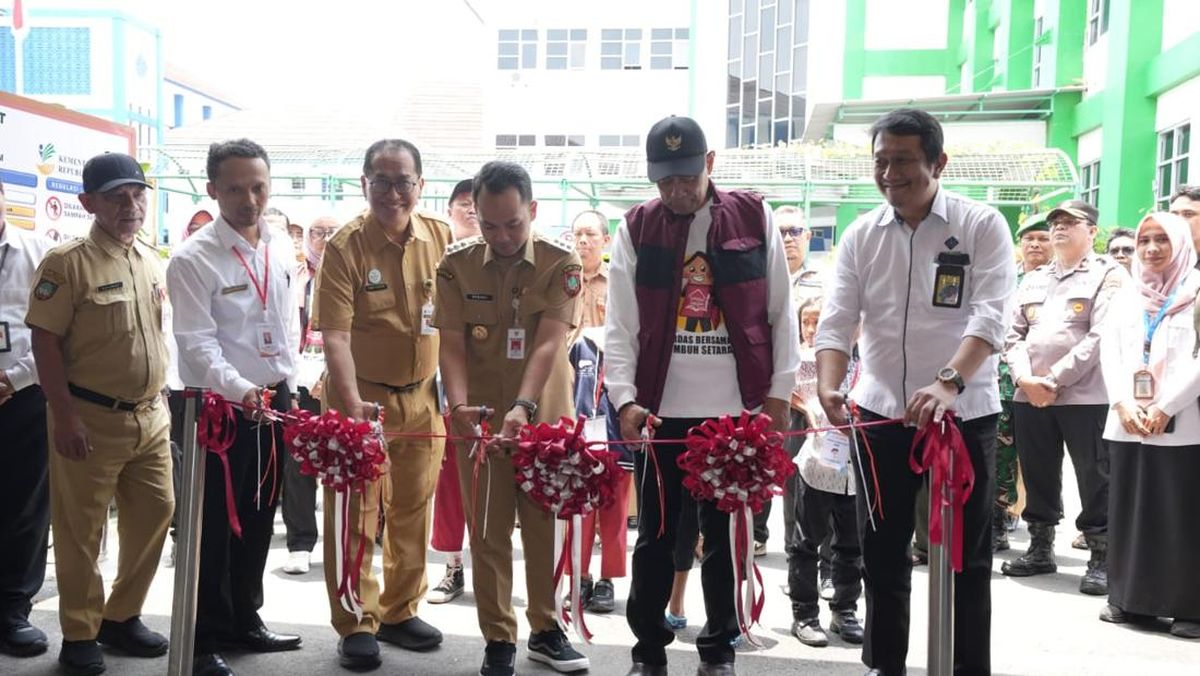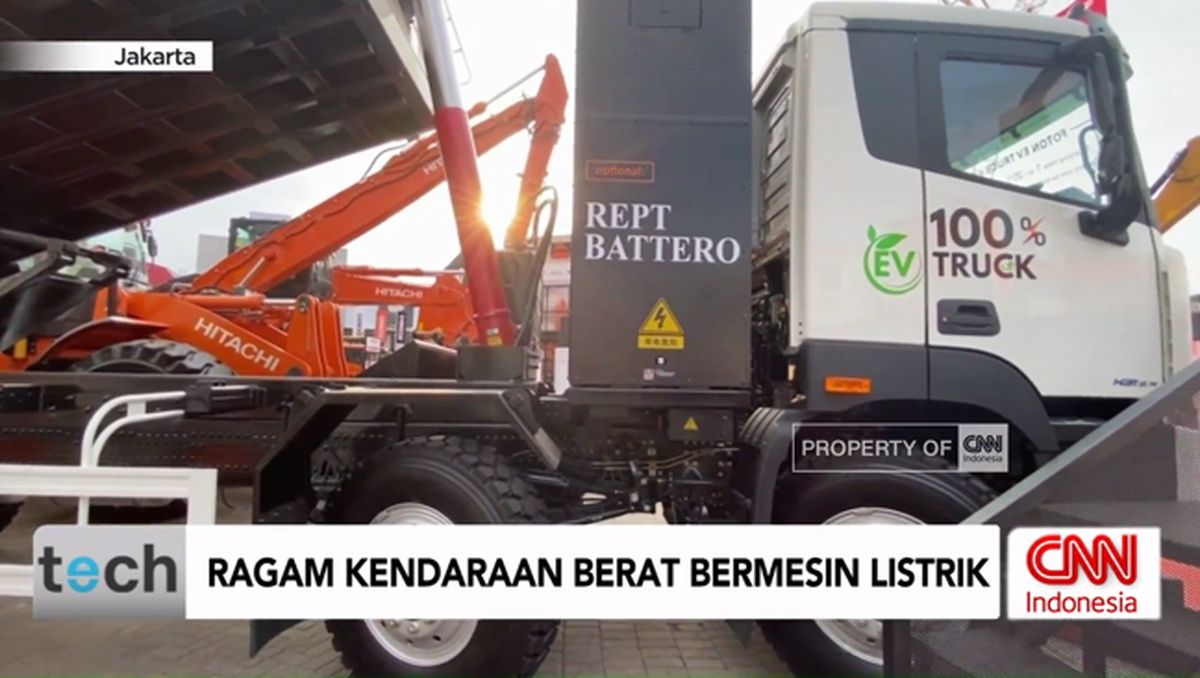Mining companies advised NSW health authorities against contacting workers with blood lead levels up to 16 times the threshold for medical intervention, according to documents that raise accusations the mining watchdog failed to protect the community.
A tranche of documents released to NSW parliament last month shows the prevalence of high blood lead levels in the state’s Far West, particularly in workers exposed to lead dust in the region’s gold, silver and zinc mines.

Pathology results show workers with blood lead levels six times the threshold for intervention. Other documents show even higher levels in mining contractors. Credit: Nathan Perri
More than 7000 people recorded elevated blood lead levels between 2010 and 2019, according to a previously unreleased NSW Health report. Among the 2000 cases who recorded their occupation, 77 per cent worked in mining.
In one case, de-identified pathology results sent to the Broken Hill public health unit showed at least one employee of gold and silver miner Manuka Resources with blood lead levels above 30 micrograms per 100ml.
Any result over 5 micrograms automatically triggers a notification to local public health authorities.
Mining companies are required to remove an employee from the worksite if they return blood results above 30 micrograms, and inform the NSW Resources Regulator.
But correspondence between the regulator and NSW Health in 2022 showed it was the public health unit – not the mining company – that alerted the watchdog to the alarming lab results.
Manuka Resources director Dennis Karp said both the company’s mines in the Cobar region ceased production in December 2023, but had a lead management plan and full records of notifications to the regulator while the mines were operating.
“We have in the past had members of staff with elevated levels who had to leave site until their levels subsided,” Karp said. “These were reported in accordance with RR [resources regulator] policy.”
The Manuka silver mine last attracted attention from the regulator in 2015 under former operator, Black Oak Minerals when workers were exposed to hazardous chemicals, including lead and mercury, while using an improvised acid-leaching technique to extract gold from ore.
Loading
NSW Mineworkers’ Alliance (NSWMWA) spokesperson Ron Cowdrey said mining companies must be held accountable when they fail to comply with their statutory duty to report incidents of dangerous exposure to the regulator.
“When mine workers end up with silicosis or lead poisoning, it changes their lives forever. Some will never work again, they’ll never play weekend sport, they’ll never be the main breadwinner in their household,” Cowdrey said. “Dust has always been an issue in these mines … the fact in 2025 we’re still talking about it is dead-set appalling.”
A spokesperson for the state resources regulator said either NSW Health or the mining operator could make a lead notification.
“This is an example of the testing system working,” they said. “Elevated blood lead levels were identified, the regulator was notified as required and the operator complied with its regulatory obligations to ensure the appropriate management procedures were in place and blood lead levels were reducing.”
In correspondence from early 2022, one Broken Hill public health officer told the resources watchdog that most mines insisted they send lead notification letters to the companies, rather than the workers themselves, “due to fear and anxiety caused if we send out letters directly to employees”.
The officer said this made it difficult to follow up testing and treatment, particularly for contractors who move between employers and are only tested occasionally while on site.
They included pathology results from one contractor who had blood lead levels up to 80.9 micrograms – 16 times the threshold.
There have been 11 cases of blood lead levels exceeding 30 micrograms this year, more than the nine notifications sent to the resources regulator in the previous six years combined.
Cate Faehrmann, the NSW Greens upper house MP and mining spokeswoman who requested the documents, said they showed the companies were not taking the regulator seriously.
“It begs the question of whether our mining regulator is yet another toothless tiger or, worse, beholden to the industry they’re duty bound to regulate,” she said. “There’s no safe level for lead in blood, and lead poisoning can have catastrophic cardiovascular, renal, reproductive and neurological impacts.”
Faehrmann accused the Minns government of being “hell-bent” on approving new mining projects in NSW, including the Bowdens silver project near Mudgee, where locals fear the mine will harm their health and leave their village a ghost town.
“They’re also prepared to allow some workers to be poisoned by lead, with lifelong impacts to their health,” she said.
NSW Natural Resources Minister Courtney Houssos said the state had a “robust regulatory framework” that ensured protections for workers, communities and the environment.
“We take the health and safety of mine workers extremely seriously,” she said. “Lead mining has taken place in Broken Hill for more than 100 years.”
Start the day with a summary of the day’s most important and interesting stories, analysis and insights. Sign up for our Morning Edition newsletter.
Most Viewed in National
Loading

